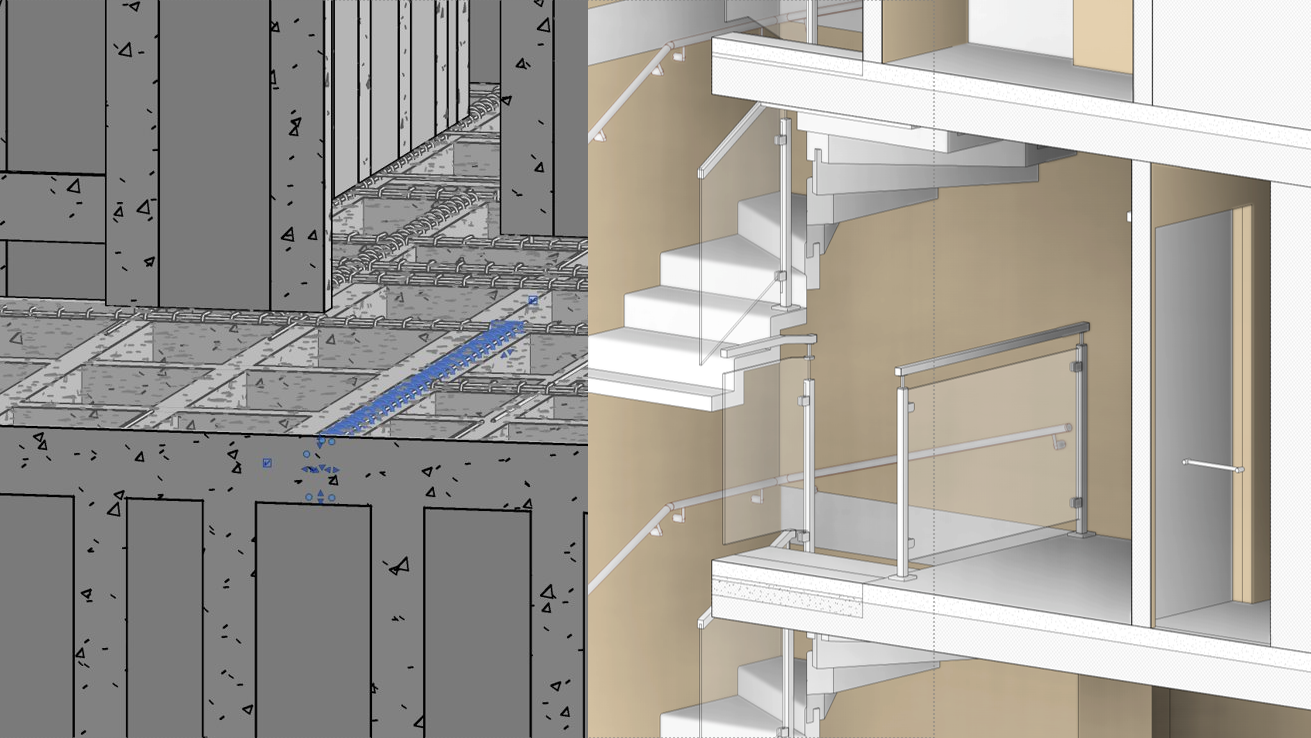
The Future of Cost Estimation: Automation and BidLight for Architects
As an architect, you know that the design and construction of buildings and structures is a complex and challenging process. From creating detailed plans and drawings to coordinating with engineers and construction professionals, the job requires a wide range of skills and expertise. One of the key challenges facing architects is the process of estimating project costs, which can be time-consuming and complex.
One of the main pain points associated with estimating project costs is the need for extensive knowledge and expertise. Estimating project costs requires a deep understanding of materials, labor, and other costs, as well as the ability to carefully analyze and calculate these costs. This can be a time-consuming and labor-intensive process, taking away from other important tasks and responsibilities.
Another pain point is the potential for errors and mistakes. Estimating project costs is a complex and detailed process, and even small mistakes can have significant consequences. This can lead to inaccurate estimates, which can impact the overall success and cost-effectiveness of a project.
However, with the help of automated estimation solutions like BidLight, these pain points can be greatly reduced, and the rewards of accurate and efficient cost estimation can be realized.
BidLight is an innovative tool that uses artificial intelligence and machine learning to automatically generate detailed and accurate cost estimates for construction projects. It is designed to be easy to use and intuitive, allowing architects to quickly and easily create estimates based on their project requirements. With BidLight, architects can generate detailed cost breakdowns, including estimates for materials, labor, and other costs, with just a few clicks.
One of the key benefits of using BidLight is its ability to save time and improve accuracy. By automating the estimation process, BidLight eliminates the need for manual calculations and data entry, allowing architects to focus on more important tasks. Additionally, its advanced algorithms and machine learning capabilities ensure that estimates are accurate and reliable, reducing the potential for errors and mistakes.
For example, an architect working on a residential project can use BidLight to quickly and easily generate a detailed cost estimate for the project. By inputting information about the project, including the size and scope of the project, the materials and equipment needed, and the labor requirements, the architect can generate a complete and accurate cost estimate in just a few minutes. This allows the architect to make more informed decisions and better manage their resources, ultimately leading to a more successful and cost-effective project.
Overall, the use of automation in the AEC industry is a game-changer, offering a wide range of benefits and opportunities for improving the design, planning, and construction of buildings and structures. Tools like BidLight are leading the way in automating the estimation process, making it faster, easier, and more accurate. As the market for this technology continues to grow, we can expect to see even more innovation and advancement in the coming years.